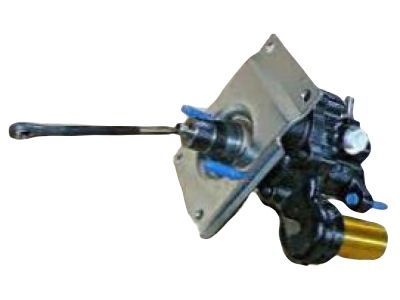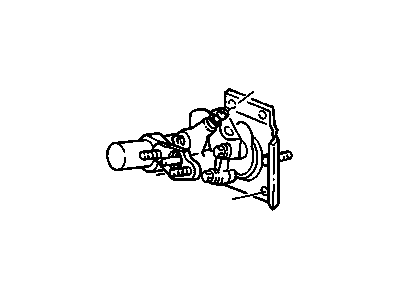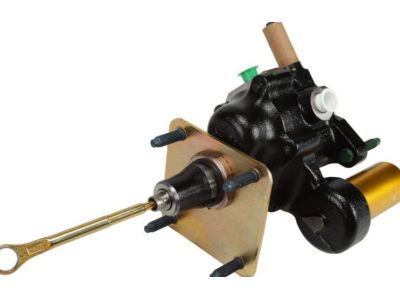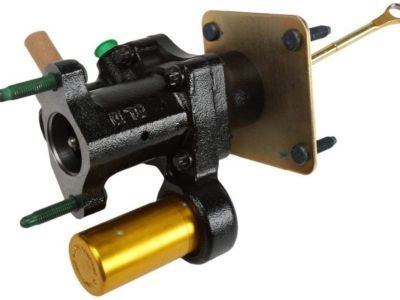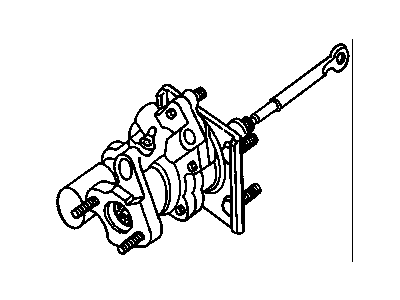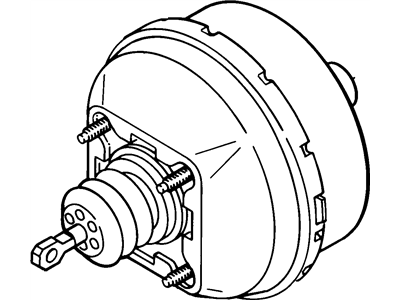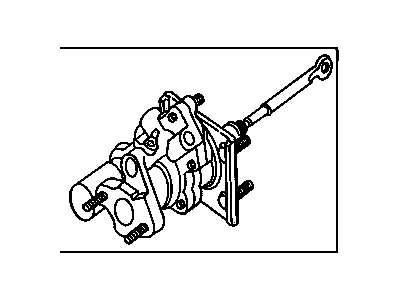
My Garage
My Account
Cart
Genuine Chevrolet K1500 Brake Booster
Brake Power Booster- Select Vehicle by Model
- Select Vehicle by VIN
Select Vehicle by Model
orMake
Model
Year
Select Vehicle by VIN
For the most accurate results, select vehicle by your VIN (Vehicle Identification Number).
13 Brake Boosters found
Chevrolet K1500 Brake Booster
Chevrolet K1500 Brake Booster is an essential part that decreases the amount of force required to lodge the brakes on the vehicle, into action. MV uses a vacuum to boost the hydraulic pressure from the master cylinder making the force applied by a driver when depressing the brake pedal more extreme. There are two main types of boosters used in K1500 vehicles: montre devices such as the vacuum-operated boosters as well as the hydraulic boosters. Vacuum boosters operate by the difference in pressure between engine vacuum and atmospheric pressure on the other hand hydraulic boosters make use of fluid pressure in application of brake pressure. These boosters are usually trustworthy but can at times break down for one reason or the other and thus need to be repaired or replaced. As for the types of power brake boosters, there are also model-specific as well as universal boosters that comprise additional options such as using single/dual diaphragm, different diameter, and even different kinds of finishing based on the customers' needs and preferences.
Each OEM Chevrolet K1500 Brake Booster we offer is competitively priced and comes with the assurance of the manufacturer's warranty for the part. Furthermore, we guarantee the speedy delivery of your orders right to your doorstep. Our hassle-free return policy is also in place for your peace of mind.
Chevrolet K1500 Brake Booster Parts Questions & Experts Answers
- Q: How to remove the Hydraulic brake booster on Chevrolet K1500?A:To remove the brake booster, start by depressing and releasing the brake pedal multiple times to release pressure from the accumulator. Then, unbolt the master cylinder, RWAL control valve, and isolation/dump valve from the booster and gently pull it forward without straining the brake lines. Disconnect the hydraulic lines from the booster unit and plug all openings to prevent contamination. Inside the vehicle, above the brake pedal, disconnect the booster pushrod from the pivot lever and remove the nuts securing the booster to the firewall. Note that on some models, you may need to remove the lower dash panel and lower the steering column for access to the pushrod and booster mounting nuts. To reinstall, follow the reverse steps of removal. After installation, bleed the power steering system.
